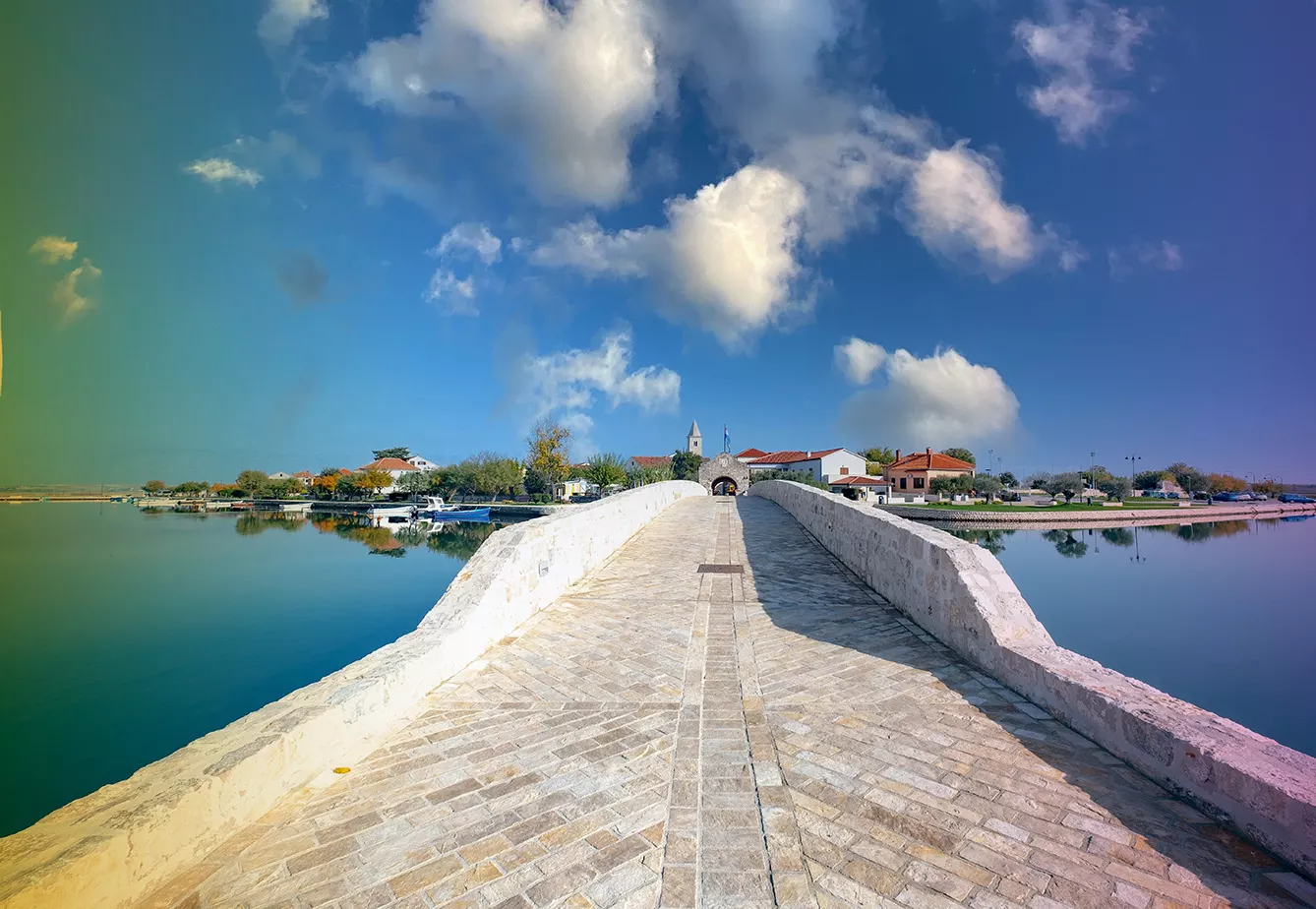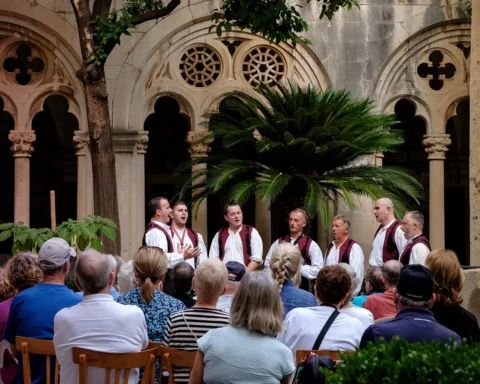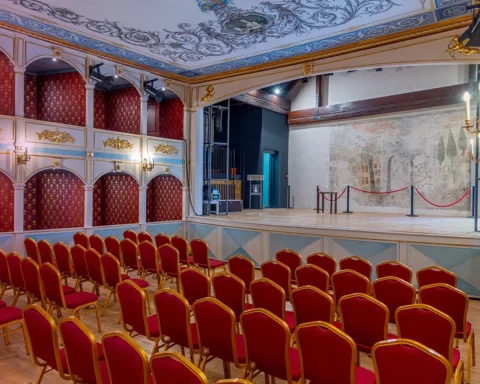This sleepy town’s laid-back nature does not give away its royal past. In fact, many tourists pass Nin by, oblivious that they have missed their chance to explore one of the pearls of Croatian heritage. And it’s a shame. Situated a short drive from Zadar, it should be on the list of anyone visiting the area. Small it may be, but size truly does not matter, especially when the history behind the settlement is so grand.
To put it into perspective: currently, the town’s population is fewer than 3,000 people (*note that the smallest town in the world, Hum, is also in Croatia). However, historical accounts tell us that in the times of Knaz Tomislav (910-928), Nin was home to 15,000 army rowers alone!
Nin: the royal town
In the past, Nin was an important, flourishing city. Enough said that from the 9th century onwards, it was the royal residence of Croatian kings. They came there to be crowned as the rulers over Croatian lands, which makes Nin very exceptional, taking into account how short-lived was the history of Croatian rulers. One of them, Knaz Branimir, who ruled from 872 until 892, welcomes you as you enter the Old Town passing through one of many gates.
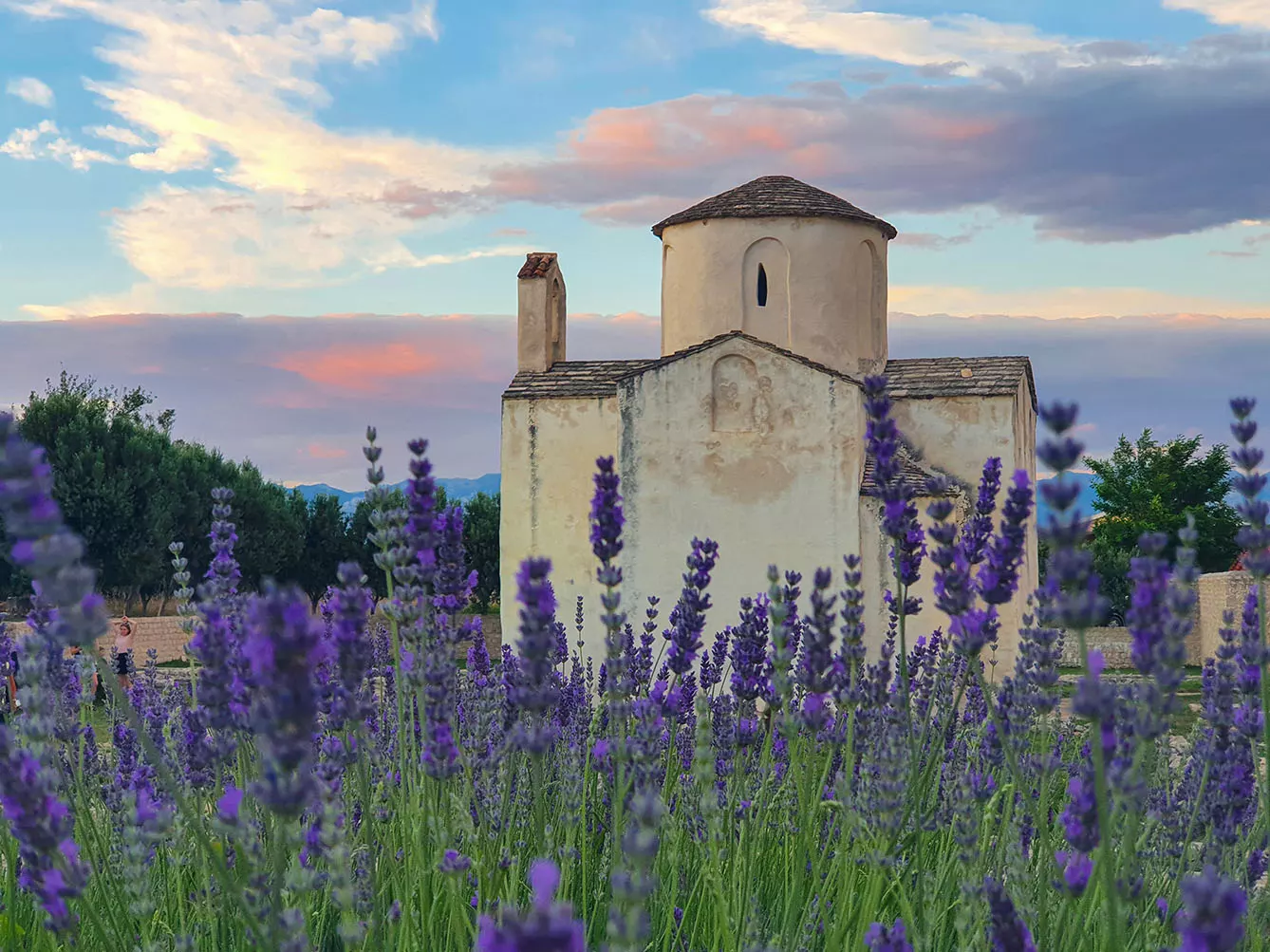
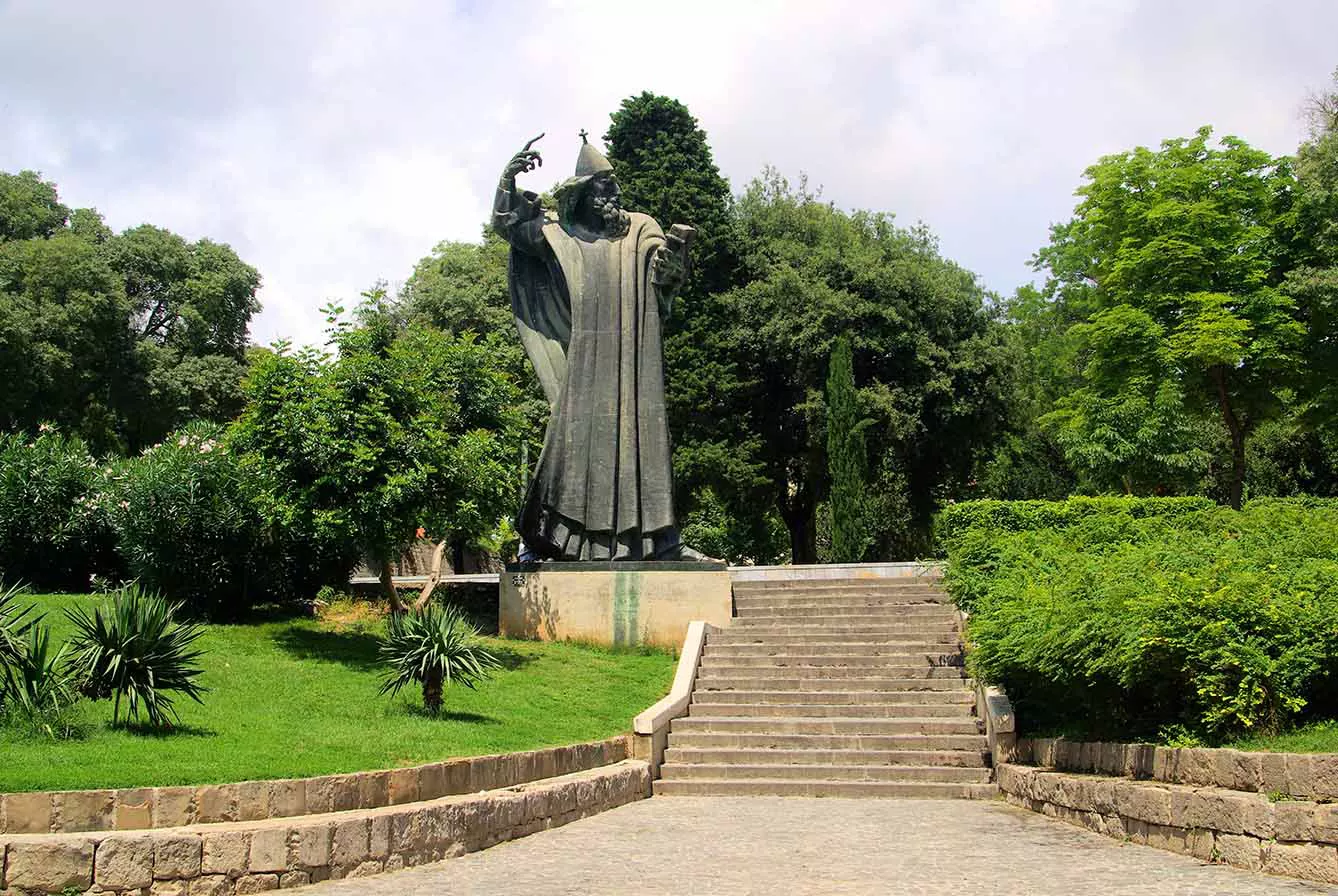
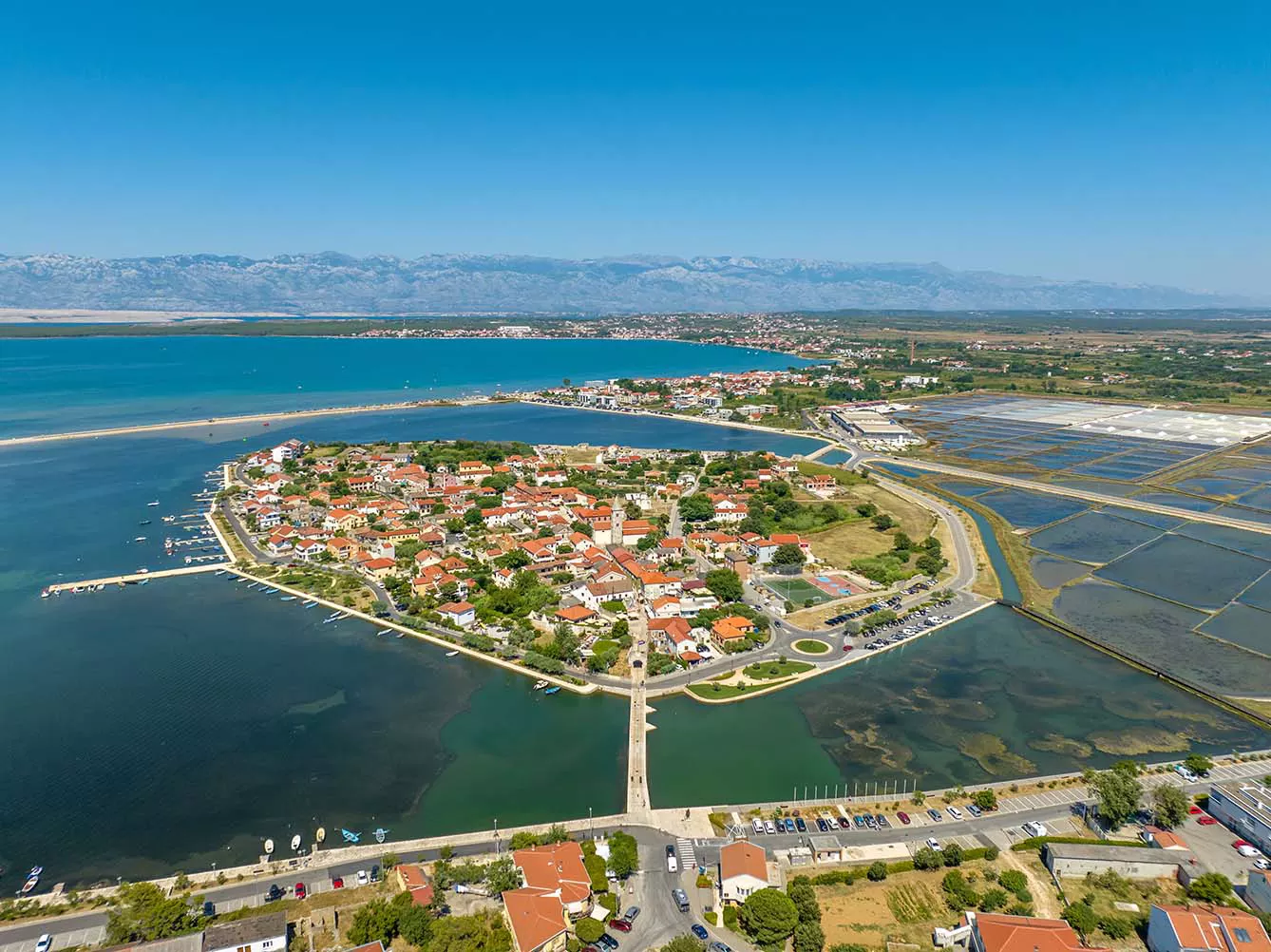
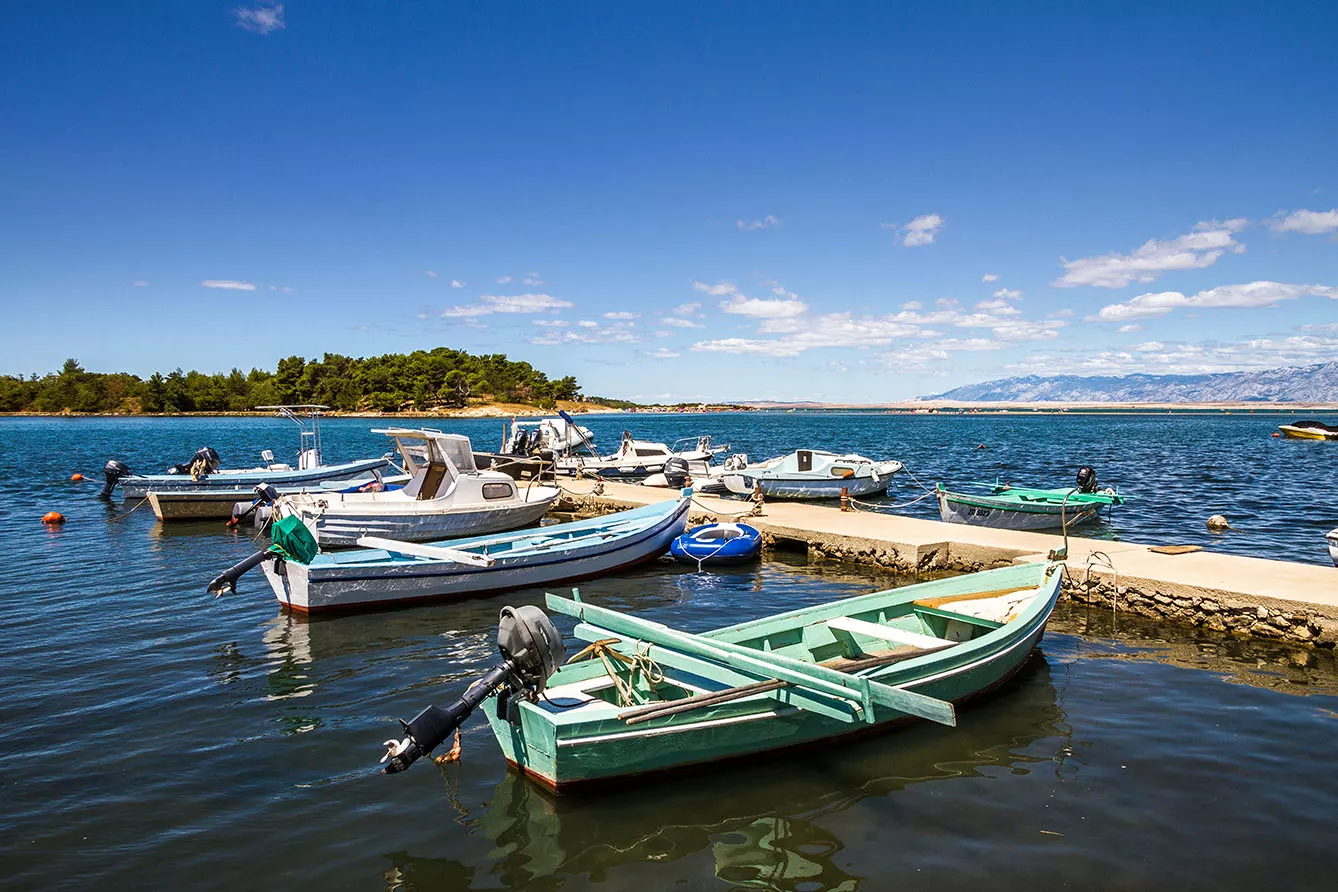
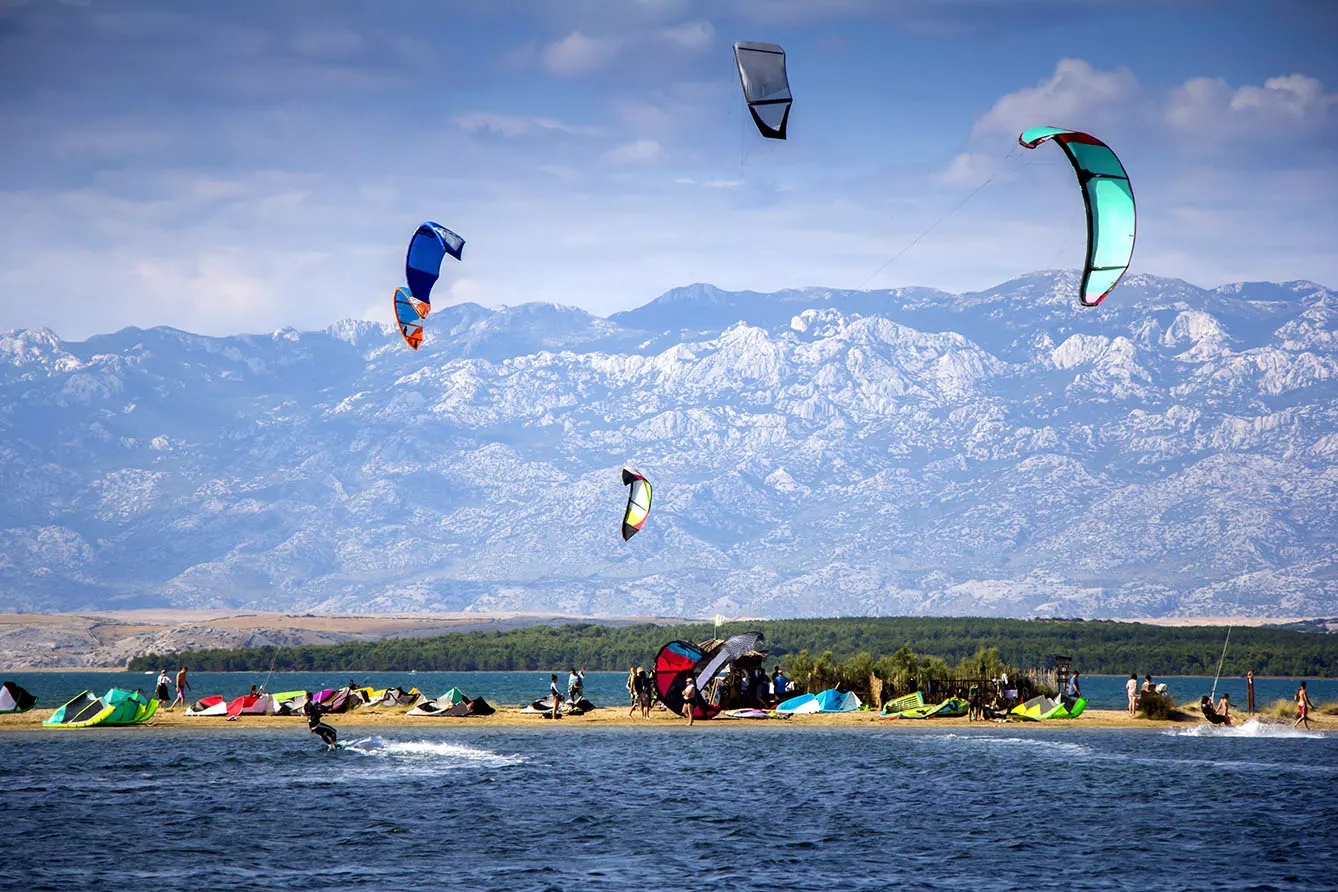
Together with royalties came the Church. Nin became the major see of the Croatian bishops. The most famous of them, Gregory of Nin, is said to have promoted the old Croatian language and, during the Synod of 925, fought for the right of the Croatian people to say the mass in their native tongue, as they were facing a significant threat from the Hungarian crown. He continues to look after Croats and all those who visit Nin. How? The locals say that should you touch the left big toe of his monument, he will grant your wish. How kind!
The world’s smallest cathedral/Stonehenge
Bishops could not do without a cathedral. And a cathedral there is. But please, don’t strain your eyes looking for a tall, magnificent building rising on the horizon. The Church of the Holy Cross is much more humble.
It is the most precious object representing the old Croatian religious architecture. Bult in the 9th century on the fundaments of some antique houses (you can still see those today), it is the only sacral building in Nin that hasn’t been destroyed and is preserved in its original form. Concise form, one may wish to add. Its 7.8 meters wide, 7.6 meters in length, and 8.2 meters in height can be easily missed.
Oh, and I must mention the impressive thickness of the walls, which amounts to 57 centimeters! It is also interesting to learn that the church is situated in a way that makes it a calendar and a sundial – it precisely points to the date of the summer solstice and winter solstice, much like the mystical Stonehenge in the UK.
Gold, silver, and salt
If the kings and the Bishops are not enough, how about treasure? Nin used to be a town of many churches, the vast majority of which do not exist anymore. But some of their treasures possessions are still with us today; among the most interesting ones are the papal ring from the 15th century that once belonged to pope Pio II, as well as… one of the silver pieces Judas was to be paid with for giving up Jesus. The latter is very special, as there are only 15 other ‘certified’ Judas pieces in Europe.
Not a fan of gold and silver? That’s ok. There are still plenty of natural treasures you may find in Nin. One of them is salt.
Saltworks were probably built here first by the… Romans (of course, it always has to be the Romans!) Today Nin is one of three sites where active salt production still occurs. The process is entirely natural, and the salt is gathered manually, making salt from Nin some of the purest in the world. The area’s unique ecosystem ensures that the white gold is rich in minerals such as iodine, phosphorus, bromine, zinc, iron, manganese, copper, and silicon – some of which reach higher levels of concentration in comparison to regular sea salt.
Nin Lagoon
Surely, that’s all there is, you may think. Not quite. There is still much to explore in the area. At the beach, you may witness people walking up and down the water edge covered in… mud. Medicinal mud, to be precise. Its healing properties have been known for centuries (Romans… again!) and tested for decades.
They are said to help with conditions such as rheumatic diseases, spinal deformities, muscular, skeletal, and skin conditions, and female infertility. The treatment usually lasts between 10 and 20 days. It requires the application of the mud and afterward lots of relaxation in the sun. Once the mud dries, it must be rinsed off in the sea. And then… time to enjoy the beach and Nin old town (voted one of the most romantic destinations in Croatia, just FYI.)
Lost glory
This charming, little place, packed with such a grand history of times long gone, has never returned to its former glory. It is actually quite sad to learn why. When in 1646 the Ottomans came to take the land, Venetians, who controlled the area at the time, evacuated the city… and shelled it from the sea. The city was forgotten and went off the grid. In retrospection, however, perhaps we should be grateful for such a turn of events. Nin would not be what we know it for today – a quiet, secluded oasis of peace. Sometimes the biggest tragedy can turn into something good.


